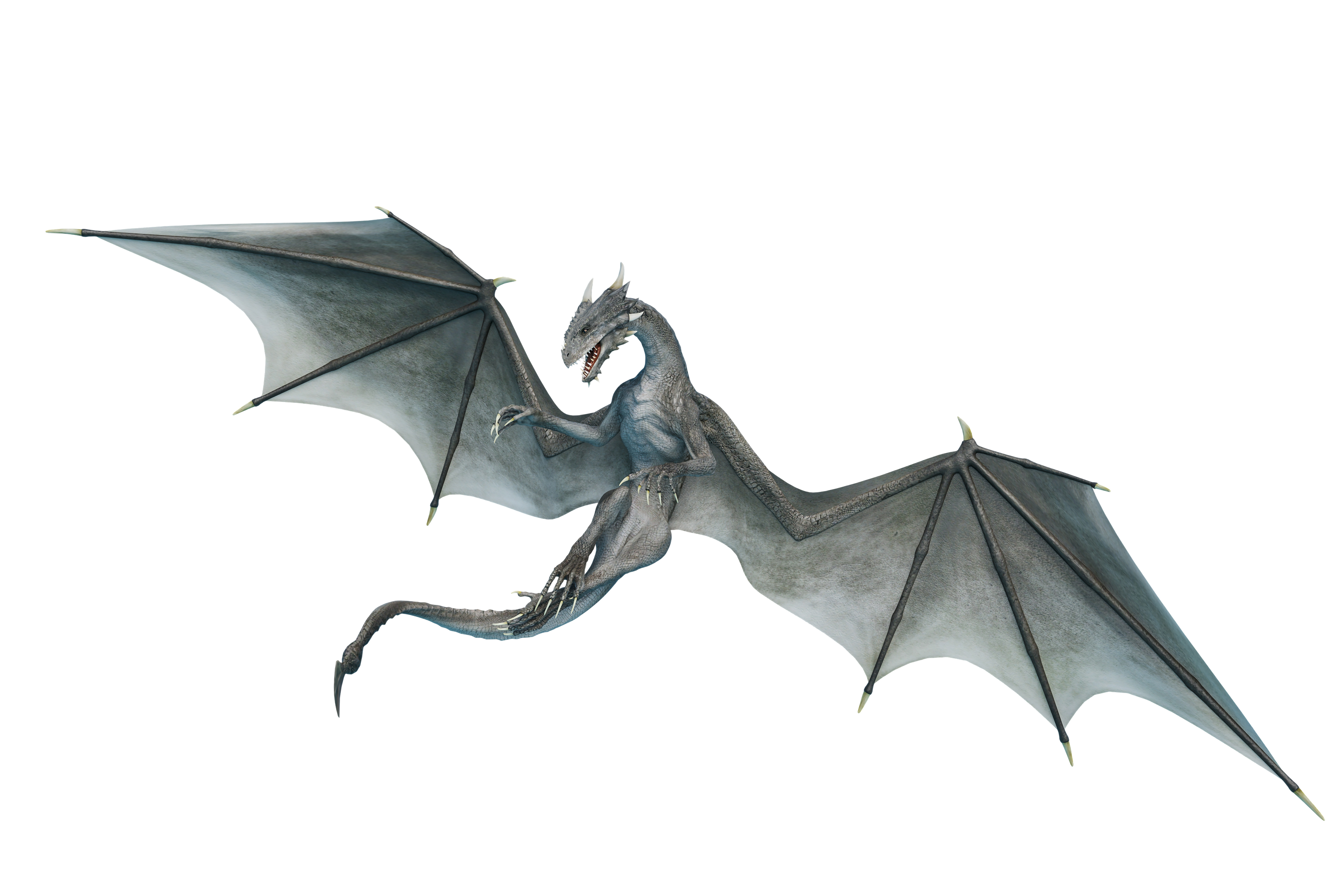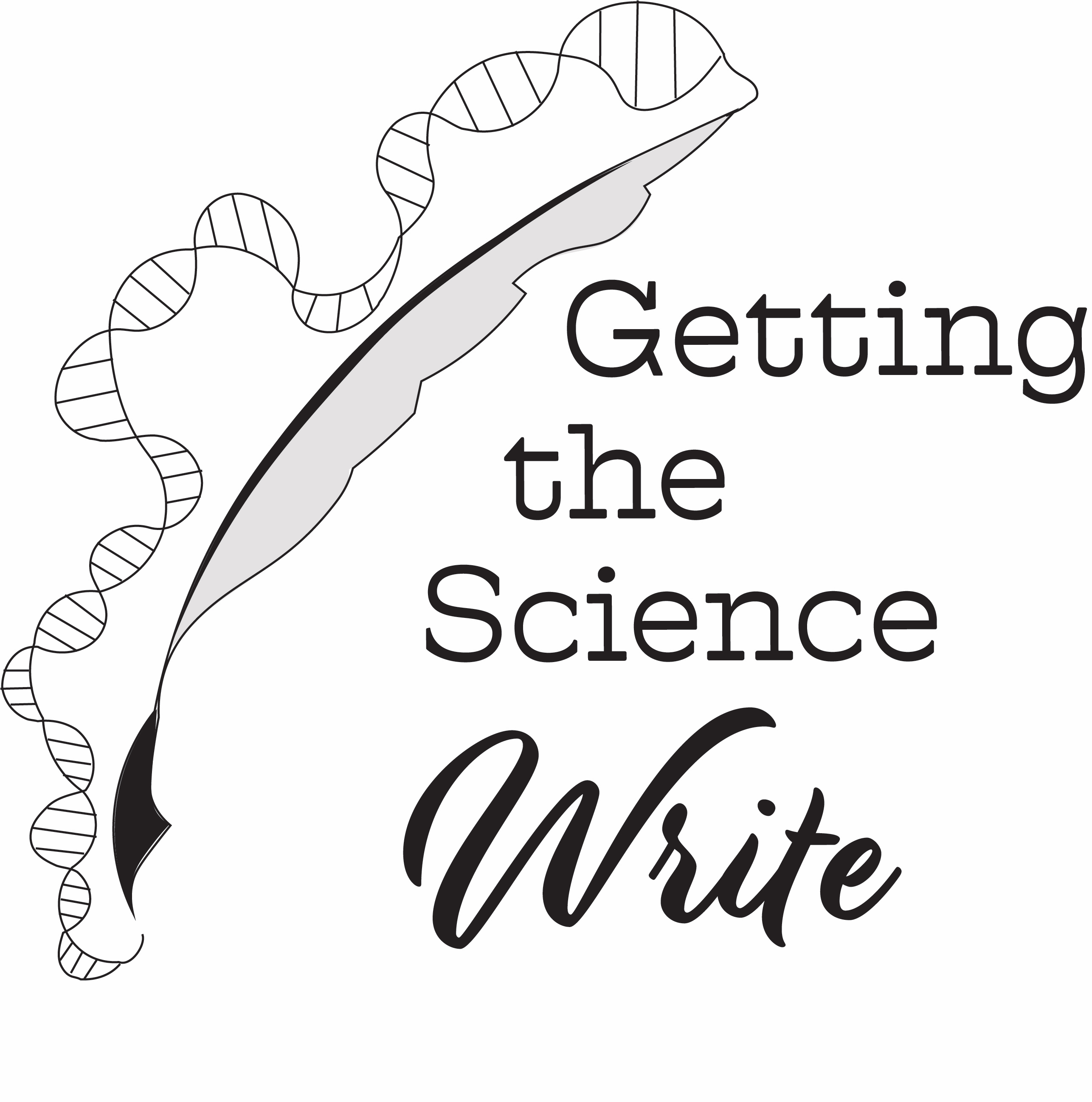Are Dragons Warm-Blooded?
Ruth never knew how unbearably warm a dragon blanket could be until she woke up covered in draclings.
“Hey!” Ruth sat up, a kitten-sized dragon clinging for dear life on the top of her head as the others tumbled from her chest onto her lap. “What are you all doing here? How’d you get out of your rooms?”
A cluster of innocent, angelic, beady eyes all peered up at her, begging for her adoration and forgiveness. Ruth fought back every nerve in her screaming to scoop up the tiny babies into one cozy hug. “Well?” Ruth said. “Why aren’t you in your nests?”
Their cuteness having failed them, the draclings bolted.
“Wait!” Ruth tumbled out of bed after them. “Sit! Stay! Heel! Don’t you dare go… wait…” She checked the pockets of her work skirt, which she had tossed lazily near her cot last night. “You ate my almonds? MY ALMONDS?! THAT’S TOO FAR! ” Bolting out into the hallway with nothing but her nightrobe, Ruth cried, “GET BACK HERE, YOU ADORABLE, CUDDLY, SCALEY ALMOND THEIVES!”
Are Dragons Hot? (In The Literal Sense. It’s Not That Kind Of Post)

If you’re in my DnD group, you may have noticed a familiar someone in the opener above ;)
Around Halloween of 2023, I found myself randomly searching dinosaurs on the internet. I knew I wanted to do a post on dragons, but I was struggling to come up with a topic for them. I don’t know what exactly my click adventure involved, but I stumbled across this article discussing how dinosaurs were warm-blooded.
Did that apply to dragons? Being the curious gal that I am, I posed the following question across various social medias:
“Evolutionarily speaking, would dragons be related more to birds or reptiles (or other)?”
Now, I understand that if you type “are birds reptiles?” into your search bar, you will see a few articles that say “yes.” This Wikipedia article here says that “birds are considered reptiles in the modern cladistic sense of the word.” This claim comes from the fact that birds are modern day dinosaurs, and they do share a common evolutionary ancestry with reptiles. HOWEVER, this same Wikipedia article cites a source that claims birds are in the Class Aves, not the Class Reptilia, and by this point in my research, I realized that I was wading too deep into the complex nomenclature of evolution and taxonomy (the science of classifying organisms).
Therefore, for the purposes of this post, let’s all agree that birds are separate from reptiles, though they share a common ancestor.
Back on track: My posted question was mostly to see if others felt the same way I did. My line of thinking was that dragons were probably an evolutionary branch off of dinosaurs. And if they were related to dinosaurs, then they had to be closely related to birds. And if they were related to birds, then they would be warm-blooded.
Well…things heated up in the dragon evolution fandom!
On Instagram, the majority of voters said that dragons would hypothetically be related to birds over reptiles. But on Twitter? A whopping 71% choose reptiles (shout out to the “other” response arguing for lobster !). Someone even pointed out that, if we were talking about eastern dragons, they could be closely related to carp.
On the science-chat thread of Sam’s Sigh-ence Corner discord (hello online scicomm buddies!), folks even started labeling their evolutionary trees. There was discussion of dragons branching off from the evolutionary branch before the Triassic period, dragons being related to the quetzalcoatlus, dragons being like lobsters in that they can turn their hearts on and off (go lobsters!), and even asking if dragons have feathers.
To keep things on track, I’m examining the dragons that are like the Imperial dragons from Naomi Novik’s Temeraire series and the dragons from medieval fantasy games like Dungeons and Dragons. If I don’t confine my definition for this post, I’m writing a full-blown dissertation!
For the record, I think the coolest dragons should have feathers, but that’s a different blog post because hooo boy, do I have a lot to cover just for the metabolism!
“Therm’s” The Word: The Dichotomy of Heat Production
Let’s define warm vs cold-blooded. I did briefly mention the difference in my lizard folk post, but now we need to wade into the scientific intricacies of these terms.
Warm-blooded, or endothermic, is when an animal can moderate their own heat. They get cold? Their bodies crank up their internal body heat, perhaps by shivering. They get hot? Their bodies work to turn down the temp with sweating or panting. To help you remember the definition, “therm” = “heat,” and “endo” = within. So “endothermic” means “heated from within.”
In contrast, cold-blooded, or ectothermic, is when an animal’s body temperature is regulated by the environment. An ectothermic animal will sit in the sun to warm up, because their bodies can’t regulate heat on their own. They don’t sweat to cool off; they need to find shade. To help you remember, “therm” = “heat” and “ecto” = “external.” Therefore, “ectothermic” means “heated from the outside.”
Both of these terms are terms used for defining metabolism, or how one’s body produces and uses energy (usually in the form of heat).
Now that we have these terms defined, now we can get into the nuance. Like all things in nature, metabolism is a spectrum more than a true binary. A lot of animals fall in-between this spectrum. Mesotherms exist, or animals that have metabolism that falls between endo- and ectotherms. This wiki has a short list of a few organisms with mesothermic metabolism, including the naked mole rat!
Now, let’s look at some dragons and their metabolism!
What if Dragons are Related to Birds?

The majority of people I talked to on and offline seemed to agree that dragons are evolutionary similar to dinosaurs
Birds are modern day dinosaurs. And if our dragons are closely related to dinosaurs (which seemed a common theme amongst the folks I talked to), then perhaps dragons have a similar metabolism to birds as well, thus making them warm-blooded.
This 2022 paper examined biomolecules in fossils and determined that the dinosaur ancestors of birds had a metabolism similar to modern day warm-blooded birds (called “avian endothermy”).
If we assume that our dragons are related to these dinosaurs, then we know that they’d have the same metabolism, and would have a metabolism similar to avian endothermy. Voila! We have a warm-blooded dragon!
But Didn’t The Majority of People Agree on Reptiles?
Yes! Yes, they did!
One response that piqued my interest mentioned that dragons would be closely related to crocodiles.
While crocodiles are absolutely ectothermic, scientists have found paleontological evidence that crocodilian ancestors were both reptilian and endothermic. These scientists noted that ectotherms do not have four-chambered hearts, but the crocodile does still have a version of this type of heart.
So yes, we can have a non-aviary, or non-bird-related, reptilian dragon that could still have some endothermy. These dragons could have a shared reptilian ancestor with crocodiles; I see these dragons maintaining their endothermy, while crocodiles evolved to lose said trait.
There are, in fact, reptiles out there that have endothermic tendencies. Take the tegu for example: this lizard can increase its metabolic rate during mating season to increase its body temperature, not unlike mammals! The Burmese python, while ectothermic, is able to shiver like an endotherm in order to warm up their eggs.
So yes, we can still have reptile dragons while still being “warm-blooded.”
You Seem To Be Pushing For A Warm-Blooded Dragon No Matter What
Well, yes. That’s because I don’t see how they could be ectothermic due to metabolic needs.
See, according to Richard Shine’s small article on reptilian metabolism, endotherms “keep their engines revving at high speed most all of the time… [to] perform at high speed.”
We’re not calling reptiles slow buy any means! But as Shine describes, “[ectotherms] can’t fuel sustained muscular activity by aerobic means” (though their metabolic rates are 1/10 of what any comparable endotherm requires, so there’s definitely benefits).
More importantly, “endotherms can function effectively even in cold conditions.”
Why is this a key point? Well, hypothetically, how cold would a dragon get as they fly across the sky? (Distances found via quick google searches. Temperatures calculated using this website here)
If they flew as high as birds (500ft)their temperature would be 14.01°C, or 57.22°F. A chilly fall day at worst.
If they flew as high as birds during migration (2000ft)they would be 11.04°C or 51.87°F. It’s starting to get a bit brisk.
If they fly as high as jets (35,000-38000ft), then at most they would be -54.34°C, or -65.81°F. This is chilly to put it mildly.
None of these temperatures are factoring in windchill or weather changes, so realistically the temperatures experienced by our hypothetical dragons are significantly lower. Our dragons need to function at these temperatures over long distances. Even if they lock their wings like an albatross to save on energy during flight, I would still imagine that they would still need a significant energy to stay awake and alert as they fly.
While there are reptiles that can survive in cold climates, like the wood frog or the painted turtle, my online research shows that surviving in this case means “brumation.” Brumation is when the reptile’s body shuts down, allowing them to stay alive for months with very little activity. The reptile will still wake up to drink water, but that’s about it (source here). Brumation for some reptiles is “metal A.F.” like the wood frog that literally freezes in the winter, and unthawed in the spring like nothing happened.
So it’s not that ectothermic dragons would not survive in the cold, it’s that they wouldn’t be active enough to take-off, fly, and then land, all while being awake enough to notice potential prey while hunting. Even if they take off like bats and use gravity rather than their wings to start soaring, they still need the energy! Maybe it would work for super small flighted dragons.
But What If I Want Dragons to Be Ectothermic?
We’re in luck, because we could just say our dragons are non-flying and that would take care of that massive energy requirement! We could make them decently sized, give them some scales, and let them spend their time basking in the sun, preserving energy until they need to hunt…
Aaaaaaand, I think we’d essentially have crocodiles or dinosaurs when we step back and look at our flightless dragon. That’d actually be a fascinating worldbuilding concept— where dragons evolved from crocodiles but somehow have a breath weapon!
(Breath weapons, like breathing fire or acid, are their own blog post)
It’s also worth noting that if we make our ectothermic dragons big enough, they will still function like an endotherm in something called “gigantothermy.”. People have proposed gigantothermy as the metabolic strategy of dinosaurs (as per the Wiemann article linked in a previous section). Gigantothermy is when the animal in question is so big, they have so much body mass that’s producing heat because every cell in one’s body produces heat. However, they only have so much surface area to allow the release of said heat, and that mass-to-surface area ratio effectively maintains the animal’s body heat.
Sounds great, right? We have our giant ectothermic dragons all set, right? Well…
This article looks at using the ectothermic crocodile‘s power output and metabolism as a model for large, ectothermic dinosaurs. We can use their assumptions for our hypothetical dragon as well. The thing is, the crocodile is extremely powerful at its size, but when you model the larger dinosaurs off of them, the resulting dinosaurs are significantly weaker than dinosaurs of the same size modeled off of mammals. Their figure 4 shows that below 10kg, crocodiles have higher power outputs than mammals, but mammals overtake crocodiles once they’re above 20kg. The authors also note that the modeled dinosaur would have horrible endurance compared to endotherms.
Now, this isn’t to say that we can’t have our giant ectothermic dragons. We absolutely can, but they would function like crocodiles where they lie in wait for their prey rather than spend their time hunting and roaming. In a fight, they’d also lose to a comparably large and strong mammal or endothermic dragon. And, most importantly, you wouldn’t have dragon riders. These dragons would be terrible steeds, as they would have little endurance compared to a horse.
Takeaways?
I love dragons!
I’ve been waiting to do a good dragon post for a while, and I love that my first dragon post is what I get to end 2023 with!
I almost did a section on how dragons would even fly, but then I remembered that 1) I’d have to go into hox genes to describe how some dragons have 6 limbs instead of 4 for their wings, and 2) I’d have to do back of the envelope calculations for how they’d even be able to fly, which I realized I’d already done in my previous vampire post. Unfortunately, ridable or impressively large dragons would not be physically able to get off the ground.
(But for dragons, we will handwave that away because flying dragons are iconic and cool!)
We will definitely be returning to dragon in 2024; I would love to talk about whether or not dragons would have feathers! Until then…
Happy New Year!
